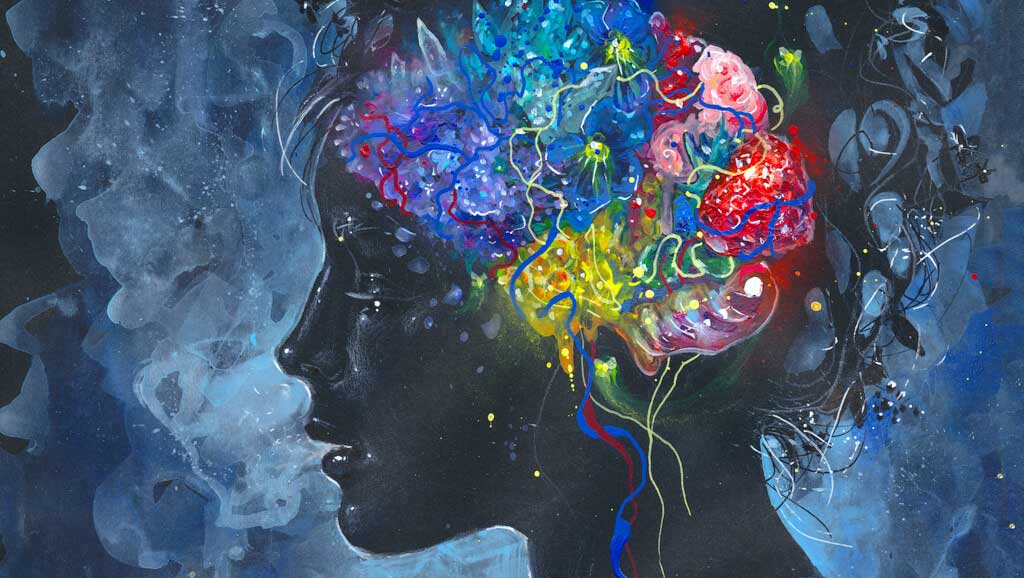
The Ketamine Patient Experience
Ketamine is the one medication where it is legal and acceptable to go to a doctor and have a psychedelic experience. The goal is to reopen the sensitivity and sensibility of the individual along with reinstating their humanity and vulnerability to the world. It is the emotional armor that is carried that restricts expression and the love a person can give to themselves and others. With ketamine, the habitual defenses are removed as consciousness is dissociated from the body.
What Does it Feel Like to be on Ketamine?
It is important to establish that ketamine is a medication that acts on the brain. The experience of ketamine happens in the mind.
Most report the experience of ketamine to be pleasant, some describing it as such:
“I was finally standing up straight and experiencing the world.”
“A Christmas miracle.”
“Ketamine filled my missing piece.”
“I felt whole for the first time since the accident 33 years ago.”
Sensory effects
Some patients describe the sensory effects of ketamine as including a visible, buzzing, vibrating field around physical objects. Some describe the melting of boundaries of those objects. There may be magnification, diminution, or alteration of color intensity and hue. Colors sometimes generate auditory impressions, a blending of sense information called synesthesia. Psychedelics may allow users to see and experience things that others do not. In addition, what people may experience with their eyes closed may be superimposed on the outside world when they open their eyes. Detailed geometric shapes in space, or perhaps more detailed images may be observed. Sound usually becomes mellower or sometimes painfully harsh. The effects on tactile and gravitational senses are pronounced. These range from a dissociation of consciousness from the body to an extreme hypersensitivity to both inner and outer physical stimuli.
Emotional effects
Emotional changes are quite striking. A sense of feeling safe is often experienced; however it is possible to feel uncomfortable or even terror. Rapid fluctuation of emotion is often experienced between joy, anger, passion, hatred, shame, and grandiosity. Other times, a person may feel no human emotions at all. Thinking may speed up or slow down. Many people experience new or philosophical insights, especially when the proper forethought and coaching takes place through therapy or meditation. Ketamine produces a sense of reality that may feel “more real than real” or like “a Cosmic Disneyland.”Psychedelics usually produce a state of increased suggestibility. Many describe an expanded sense of empathy to other people, animals, plants, and objects. Hamilton Morris, a chemist who hosts the show, Hamilton’s Pharmacopeia, describes ketamine as similar to PCP but much shorter in duration, more of a psychedelic experience, and more sedating.
What can this look like?
Normally, the brain filters out certain thoughts and experiences that do not seem to go with “normal reality.” When a person is experiencing ketamine, the brain realizes thoughts and information that are abstract from reality. Consider the example: You may have an extreme fear of having a needle or intravenous catheter inserted into your vein. Even if you tell yourself it is just a small needle and it will save your life, your brain will not let in the information the needle will not hurt you. Once that information from that outside world slips in, our brains work quickly to eradicate that knowledge. Under the influence of a psychedelic like ketamine, our brains filter out reality (the fear of needles in this case), so we can experience a different type of reality where we each separate our thoughts and try to advance our own personal goals. Often, the experience results in the person having less or even no fear of needles.
Is Ketamine Safe?
Ketamine’s tolerability and safety have been demonstrated for over 70 years. There are many reports of patients taking legitimate ketamine consistently for over 10 or 15 years without indications of tolerance, dependence or addiction. An extensive body of evidence shows the safety of using ketamine in office anesthesia and analgesia, in emergency room settings, operating rooms and outpatient pain management clinics. Ketamine is used in small doses to treat depression. When used for general anesthesia, an anesthesiologist gives ketamine in upwards of 10 times the dose prescribed for depression. For most ketamine treatments, a medical professional should be present and prepared to handle any adverse medical situations.
Common side effects
The most common side effects are dizziness, dry mouth, coordination problems, nausea, and somnolence. Other reported experiences include euphoria, feelings of unreality, blurred vision, disorientation, anxiety, and hallucinations. Every one of these side effects is transient, meaning they quickly resolve. A review of over 70,000 published anesthesia cases highlights its safety. Studies from three different clinical trials of sub-anesthetic, intravenous ketamine administration for major depressive disorders found adverse effects including dizziness, self-realization, and drowsiness. Whether these effects are considered benign or a part of ketamine’s actual effects that resulted in therapeutic benefit is a subject of debate. About a third of patients experience mildly elevated heart rate and blood pressure. Some patients will develop symptoms of anxiety, which is from the dissociative side effects of ketamine. Often proper coaching and an appropriate environment minimizes this risk.